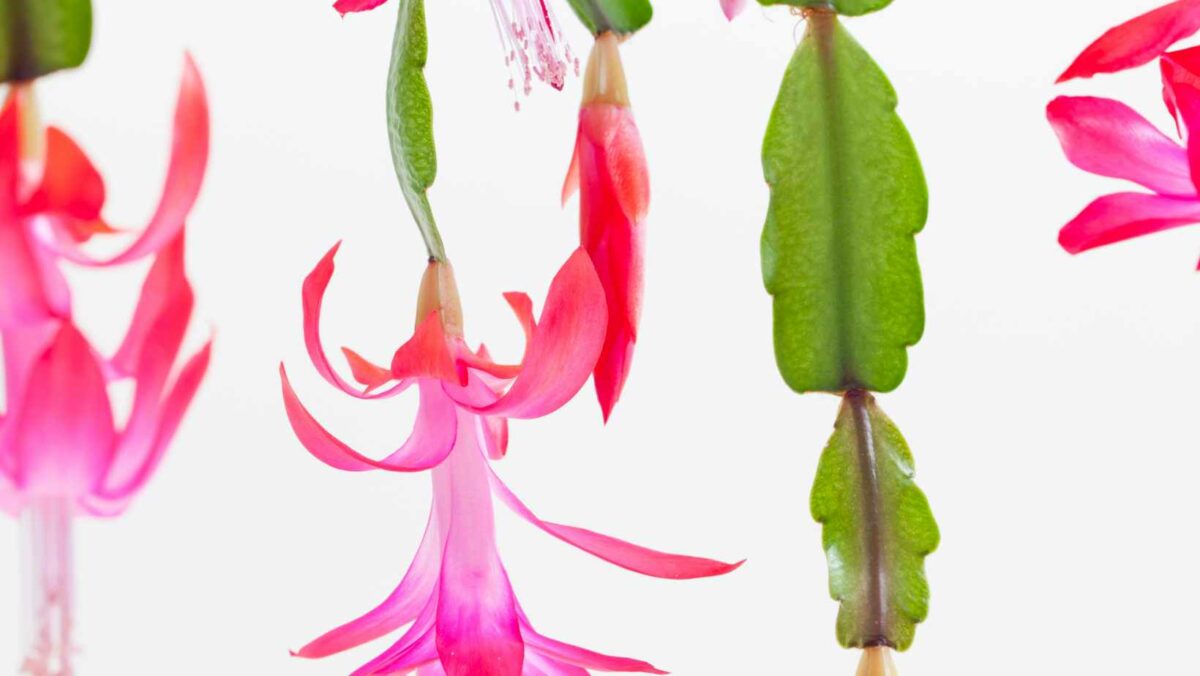Why is my Christmas cactus droopy? This is a question that has puzzled plant lovers for centuries. This beloved plant, also known as the Schlumbergera truncata, has a long and interesting history–one that may offer some clues as to why your cactus is looking less than perky.
Introduction
Although the Christmas cactus ( Schlumbergera bridgesii) is now widely available in stores, this wasn’t always the case. The Christmas cactus has a long and interesting history, dating back to the 19th century.
The Christmas cactus is native to the rainforests of Brazil. In its natural habitat, it grows on trees or rocks, often in shady areas. It’s a epiphytic plant, meaning that it doesn’t need soil to grow; it gets its nutrients from the air and rainwater.
The Christmas cactus was first brought to Europe in 1852 by William Hooker, who was the director of the Royal Botanical Gardens in Kew, England. Hooker had been given a specimen of the plant by Sir Gardiner Wilkinson, who had acquired it during a trip to Brazil.
What is a Christmas cactus?
A Christmas cactus is a popular holiday plant that is actually a member of the cactus family. The plant blooms in beautiful red, pink, or white flowers during the winter months, making it a festive addition to any home. Christmas cacti are native to South America and are commonly found in Brazil and Peru.
The Christmas cactus was first brought to Europe in 1834 by Scottish botanist, Robert Graham. Graham found the plant growing in the wilds of Brazil and was struck by its beauty. He sent some of the plants back to Scotland, where they quickly became a hit. The Christmas cactus soon made its way to America, where it became just as popular.
Today, Christmas cacti are grown all over the world and are a cherished holiday tradition for many people.
The history of the Christmas cactus
The Christmas cactus is a special kind of cactus that blooms around Christmastime. These plants are native to the rainforests of Brazil, and they were first discovered by Europeans in the 1800s.
Christmas cacti are easy to care for and make great houseplants. They can live for decades with the proper care, and they will bloom every year around Christmastime.
If you’re wondering why your Christmas cactus is drooping, it could be due to several reasons. Overwatering is the most common reason for drooping, so make sure you’re not watering your plant too often. It’s also possible that your plant isn’t getting enough light – try placing it in a brighter spot in your home.
How to care for a Christmas cactus
Christmas cactuses are relatively easy to take care of. They prefer bright, indirect sunlight and should be allowed to dry out between waterings. Overwatering is the most common reason Christmas cactuses droop, so be sure to let the soil dry out completely before watering again.
They can be fertilized with a general-purpose fertilizer during the growing season, but it’s not necessary. If you do fertilize, do it sparingly – too much fertilizer will cause the leaves to fall off.
Christmas cactuses can be propagated by taking stem cuttings in late spring or summer and rooting them in potting soil.
Why is my christmas cactus droopy
If your Christmas cactus is looking a little sad and droopy, there are a few things that could be causing the problem. One possibility is that the plant is not getting enough water. Christmas cactuses are native to tropical rain forests and need to be kept moist, but not soggy. Allow the top inch or so of soil to dry out before watering again. Another possibility is that the plant is not getting enough light. Christmas cactuses prefer bright, indirect light and will bloom best if they get at least six hours of light per day. If your plant is in a room that doesn’t get much natural light, you may need to supplement with a grow light. Finally, Christmas cactuses are very sensitive to changes in temperature and may drop their blooms if they experience a sudden drop in temperature (such as being moved from a warm room to a cool one). If you think this may be the problem, try moving your plant to a warmer spot and see if it improves.

How to propagate a Christmas cactus
Like other members of the cactus family, Christmas cactuses are easy to propagate. The best time to take a cutting from your plant is in late spring or early summer, when the plant is actively growing. Use a sharp knife or pair of scissors to take a 4- to 6-inch cutting from a healthy stem. Allow the cutting to callus for a few days before potting it up in well-draining cactus potting mix.
Place the pot in a bright spot out of direct sunlight and water it sparingly until you see new growth. Once the cutting has rooted and begun to grow, you can treat it like any other Christmas cactus, watering it when the soil dries out and fertilizing it once a month during the growing season.
Christmas cactus myths
The Christmas cactus has been around for a long time, and there are many myths and legends associated with this festive plant. Here are some of the most popular myths about the Christmas cactus:
1. The Christmas cactus is native to the tropical rainforests of Brazil.
2. The Christmas cactus is related to the succulent group of plants known as cacti.
3. The Christmas cactus was first introduced to Europe in the 19th century.
4. The Christmas cactus gets its name from its tendency to bloom around the Christmas season.
5. The Christmas cactus is also known as the Thanksgiving cactus or the Easter cactus because it can also bloom during these holidays.
6. The Christmas cactus is not actually a cactus, but a member of the Schlumbergera family of plants.
7. The Christmas cactus can live for over 100 years if properly cared for.
